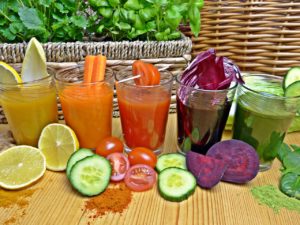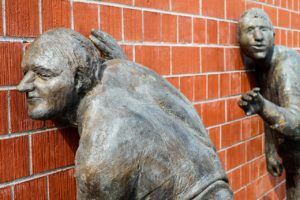White Matter Matters [Show Notes]

Review
Disease like Alzheimer’s and dementia are grey matter issues – the creation and translation of messages are interrupted or dysfunctional. White matter is like the power cords that are responsible for sending the signals.
White matter diseases
- Hypomylenation – cells are created with a low amount of myelin; premature, chromosome-linked defects
- Cell Biology review: animal cells have a membrane and a nucleus that holds all the DNA, and cytoplasm, and then all the organelles that have different jobs – just like a self-contained factory. Some systems can be dysfunctional and the cell still live and replicate.
- Dysmylenation – neurodystrophy (a huge list based on what’s broken)
- Lysosomes – stores enzymes for breakdown
- Perioxosomes – stores enzymes for energy metabolism
- Mitochondrial – dysfunction of energy usage
- Amino acid metabolism dysfunction
- Demylenation
- Inflammatory: Multiple Sclerosis = autoimmune disease. The brain wants the body to do something but the message doesn’t make it to the body, so the body doesn’t move or has very jerky, irregular movements. Tests for antibodies can identify MS. Available treatment is mostly immune suppressants.
- Huntington’s is a genetic disease that presents in the same way. It has a very sad prognosis and presents in females starting between the ages of 30 and 50. Thus they have already planned a life and possibly had kids who now may have the same disease. Genetic testing can identify Huntington’s.
- Viral – PML (Progressive Multifocal Leukoencephalopathy); J-virus a typical virus that may mutate and go dormant in the brain. If the immune system is lowered drastically – due to suppression or immunodeficiency diseases, this virus will wake up and attack the myelin of the neurons.
- Acquired metabolism demyleniation (being exposed to chemicals) – “Chasing the Dragon” – refers to a technique used to keep melted pills from burning in a container (usually a spoon) while it’s being heated by a flame from underneath and the vapors are inhaled. Drug of choice: heroin. **DON’T DO DRUGS**
- Hypoxic ischemic – loss of oxygen. Examples: asphyxiation, drowning, ischemic stroke.
- Mechanical – compression due to injury or swelling
Call Back
Migraines are not a white matter issue, they are a brain chemistry issue. Learn more on the Headache episode
Connect with me
Support us on Patreon
*NEW* Join the Pharmacist Answers Podcast Community on Facebook
Subscribe: iTunes, Stitcher, GooglePlay, TuneIn Radio
Music Credits: “Radio Martini” Kevin MacLeod (incompetech.com) Licensed under Creative Commons: By Attribution 3.0 http://creativecommons.org/licenses/by/3.0/



